If you click on a link and make a purchase we may receive a small commission. Read our editorial policy.
How Al Ewing and Tom Reilly's Ant-Man #1 redefines one of Marvel’s oldest heroes
Ant-Man #1 puts Marvel’s biggest hero under the microscope

The first issue of Al Ewing and Tom Reilly’s new Ant-Man series launches an attempt by the creators to not only celebrate the 60th anniversary of the character’s creation, but to redefine the Ant-Man legacy inside the Marvel Universe – a legacy that, to date, has been marred by tragedy and disaster for all those who’d get small to do big things.
The Ant-Men's Past(s)
Ever since Hank Pym first showed up in 1962’s Tales to Astonish #27 – months before he’d call himself Ant-Man for the first time (that happened in Tales to Astonish #35) – it seemed as if the very identity of Ant-Man was one doomed to failure. Pym abandoned it after a little more than a year, switching direction and names to become Giant-Man in Tales to Astonish #49 in 1963, with the identity lying unused for more than a decade until Scott Lang would take it on in 1979’s Marvel Premiere #47.
Lang’s Ant-Man remained little more than an also-ran for the early part of his career, permanently consigned to guest roles and cameo appearances until he eventually officially signed on as an Avenger in 2002’s Avengers #62; that didn’t look like the best career move, as within two years, he was killed off in 2004’s Avengers #500 as part of the Avengers Disassembled storyline. (He got better years later; it’s comics.) His replacement was Eric O’Grady, the so-called “Irredeemable Ant-Man” who debuted in a series of the same name in 2006. He, too, would join the Avengers and die as a result – that death happened in 2012’s Secret Avengers #23.
If all of this feels as if Hank Pym got off easy, don’t forget that he suffered through more than one nervous breakdown across the decades before merging with Ultron and ultimately being revealed to be dead in 2019’s Tony Stark: Iron Man #19. When it comes to Marvel’s comic book universe, the only things that the different Ant-Men shared were a costume color scheme, an ability to get small, and dying. It’s not the best look for a character that’s become one of Marvel’s more high-profile heroes thanks to his many appearances in the MCU.

The Ant-Men's Present(s)
The new Ant-Man series, then, is an attempt to rectify that. (Marvel even described it as the “definitive saga in Ant-Man’s storied history” when announcing the series earlier this year.) The creators involved are certainly up to the task. Writer Ewing has been critically acclaimed for some time, thanks to work on titles like The Immortal Hulk, Loki: Agent of Asgard, and 2000 AD’s Zombo, while Reilly’s work on the recent Thing miniseries with Walter Mosley was a career-defining run that caught the attention of a lot of fans and critics alike. The question is, though, what can they do to salvage the past, present, and future of the character?
It should be noted before we go any further that, realistically, Ant-Man is enjoying what is arguably a career high in terms of goodwill and fan appreciation. The majority of that is almost certainly due to the Marvel movies and the seemingly endless charm of Paul Rudd. While comic creators might have struggled for decades to key into how to make Ant-Man appeal to fans, Marvel Studios leaned into his comedic potential emphasized by its everyman protagonist, creating an underdog that audiences couldn’t help but warm to. It’s something that proved to work in comics, as well as Nick Spencer’s Ant-Man and Astonishing Ant-Man series – starring a revived Scott Lang and sharing no small amount of DNA with the movie version of the character – demonstrated.
Ewing and Reilly’s Ant-Man arrives not just in time for the character’s 60th anniversary, but ahead of the third Ant-Man movie next year, a movie that will launch the studio’s ambitious Phase 5 line-up and introduce Kang to the Marvel Cinematic Universe. The first issue of the series, released today, seems to be fully aware of the increased attention paid to the hero, framing the main story in a framework set in a far future where Hank Pym’s “great service” to humanity has been recognized – and a future Ant-Man invites him to become part of a mission “to save the world of tomorrow from the deadliest menace of yesterday!” No more the little guy overlooked by fans and his peers alike, the importance of the Ant-Man stands ready to be fully revealed.

Moreover, the first issue attempts to suggest a connection between the three (four, counting the Ant-Man of the future revealed in this issue) heroes who’ve claimed the Ant-Man name that has previously been unrevealed: namely, that the three have unknowingly been part of each others’ lives for years. In 'Alone Against the Ant-Agonists!' Pym finds himself harassed in a movie theater by a teenage Eric O’Grady (“C’mon, Chris,” the young jerk tells his friend, “This is a lot more fun than those weirdos on the screen!”) before his rescue by the Wasp is facilitated in the more unlikely manner by a young Scott Lang, who’s still in the midst of his thievery career.

The Ant-Men's Future(s)?
Previously, what linked the three heroes was essentially coincidence and happenstance – not to mention a willingness to use Hank Pym’s inventions for their own purposes. If this series is set to establish that their paths repeatedly crossed throughout the years, it begins to look a lot more like something approaching fate or destiny… the kind of thing that you can imagine the Watcher showing up to keep an eye on before everything gets resolved.
The fact that Marvel has previously struggled – for more than half a century! – to convince fans of Ant-Man’s greatness is, to some degree, ironic. Part of the central conceit of the Marvel Universe as a fictional construct is that it’s a place where superheroes are Just Regular People Like Us, yet they can become involved in grand adventures that could have the greatest of repercussions for existence itself. That’s an idea embodied by Ant-Man, who is literally a small guy capable of really big things, facing threats that are (once again, literally) bigger than himself, but rising to the occasion over and over again.
Ewing and Reilly look set to make that subtext text across their four issues, recasting the careers of each of the Ant-Men of the Marvel Comics universe as parts of not only a grander adventure, but also a long-lived legacy that spans centuries, while also demonstrating the humanity of each of the heroes in the process. (Hank’s need to teach the teenage Eric a lesson at the movie theater is a very fun moment in the first issue.) If the next few issues follow in the footsteps of the first, offering a loving period pastiche that underscores the appeal of each era of the character even as it subtly redefines them, then we shouldn’t be surprised if Ant-Man feels like a much bigger part of the Marvel mythos going forwards.
Ant-Man #1 is available now wherever you buy comics.
Why are people talking about a 2019 article about Superman movies, anyway?
Follow Popverse for upcoming event coverage and news
Find out how we conduct our review by reading our review policy
Let Popverse be your tour guide through the wilderness of pop culture
Sign in and let us help you find your new favorite thing.


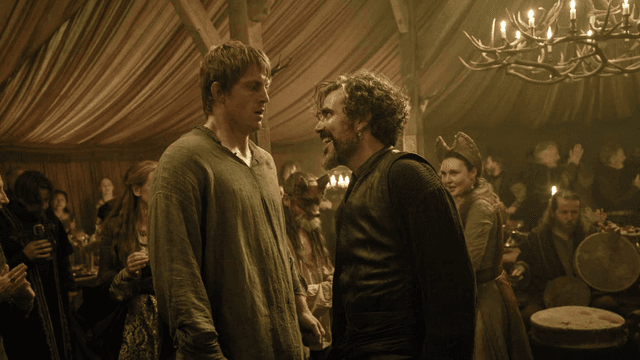
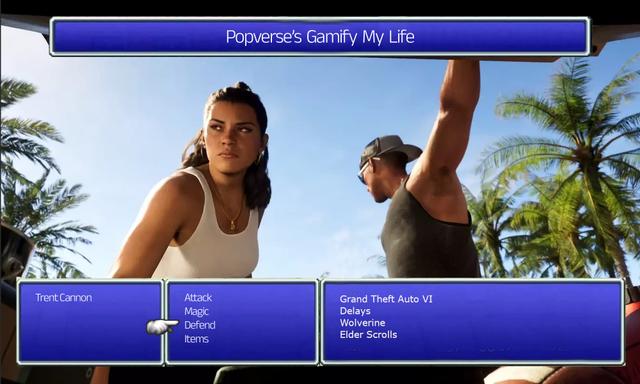


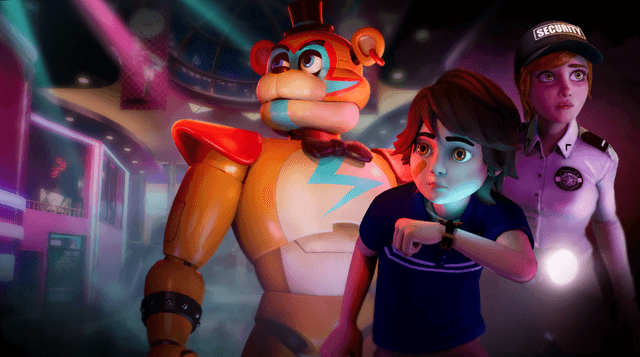
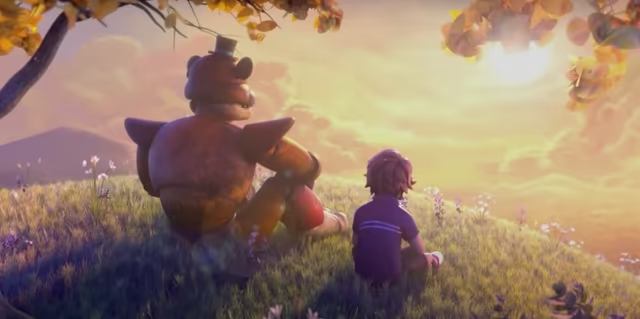
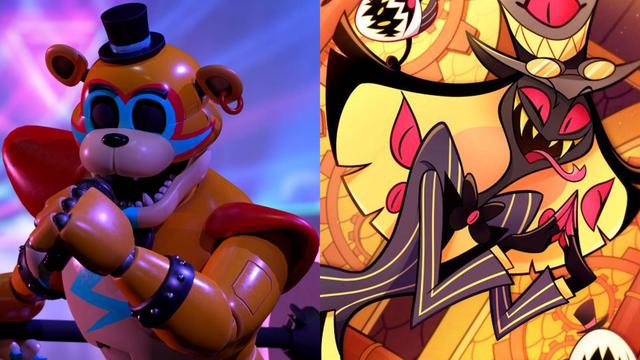







Comments
Want to join the discussion? Please activate your account first.
Visit Reedpop ID if you need to resend the confirmation email.